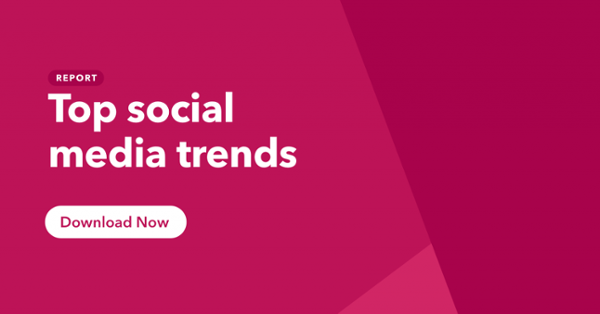The beauty industry has always been one of the most competitive commercial spaces.
Pre-social media, beauty brands relied on major ad campaigns to target consumers, and make-up counters or shop shelves to sell to them.
Fast forward to now, and it’s very different. Social media is reshaping the beauty industry, bringing a whole host of new opportunities and challenges with it.
Beauty brands have new ways to market their products.
The most obvious change is that social media has provided a wealth of new ways to target more refined segments of consumers. Not all of them cost a fortune and some, cost nothing at all.
This can be especially impactful for smaller or start-up brands which don’t have huge marketing budgets, and those without an offline presence.
When looking at which brand discovery channels are most effective among the beauty buyers segment, the impact social channels are having is clear.
For example, consumers are around 41% more likely to discover new brands or products via ads seen on social media, and 47% more likely to via updates on brands’ social media pages.

Compared to others, beauty buyers are ahead in finding out about new brands or products via reviews or people’s opinions — whether in the form of recommendations, comments on social media, posts from expert bloggers, or celebrity endorsements.
And with 45% of consumers in this segment saying they mainly look to consumer reviews for online research prior to purchase, reviews clearly benefit brands. Especially when almost 1 in 2 beauty buyers say they’re motivated to purchase products online based on reviews from other consumers.
The use of influencers and celebrities as a marketing medium shows no signs of slowing down. The beauty industry has adopted this tactic more fervently than any other.
It’s obvious influencer marketing on social media has become one of the most effective ways to build brand awareness and help bring beauty products to life.
Online-only beauty brand Glossier says this method is a key reason behind its growing success. The brand boasts a loyal and engaged fanbase on Instagram of 2 million and regularly shares user-generated content which has even served to shape its product design.
To entice its fans to continue sharing, the brand has invested in new packaging and labels that help products look good when consumers photograph them.
As a high touch industry, there are some cases where social media can only go so far in fulfilling consumers’ journeys up until purchase.
But with social ads being more dynamic than standard ads – incorporating AR, VR and filters, for example – their purpose is also to direct footfall in-store, to give consumers the full experience.
Social media has put the brand-consumer connection at the forefront.
Just as social media has changed how beauty brands market products to consumers, it’s completely shaken up the way brands build connections with their consumers.
With around half of beauty buyers following their favorite brands on social media, there’s still the evergreen opportunity for brands to directly engage with consumers — alongside the influencer marketing approach.

Beauty buyers clearly enjoy engaging with brands on social media — even more so than the average internet user. Around 1 in 5 asked questions to brands on social media last month, and a similar number shared a brand’s post.
But although this is great news, it creates pressure on brands to be continuously present in two-way conversations, while remaining personable.
Social media puts pressure on brands to respond to important topics.
As social media has reached universal heights, it’s become a hive of conversation around cultural and societal issues, and is proving invaluable in driving change.
Social media gives people one of the biggest platforms to speak out about issues they care about — and there is a real pressure for brands to enter the conversation.
Sustainability and the environment is one of the topics causing the beauty industry to be in the firing line. Consumers are becoming more aware by the day of how their behavior is impacting the environment, making them question just how concerned their favorite brands are too.
25% of beauty buyers want their favorite brands to provide eco-friendly products, and a similar figure say they would be motivated to purchase online if they know the product or company itself is environmentally friendly.
Social media has also been instrumental in bringing awareness to issues of diversity and inclusivity — including race, body positivity, sexuality and gender.
The beauty industry has traditionally been very “male versus female” oriented in terms of how products are created and marketed, but for many reasons, there have been huge steps away from this notion in the last decade.
Male makeup artists, such as James Charles, for example, have found fame on social media, and are helping redefine the cosmetics industry as one that is inclusive.
L’Oreal is one of the most high profile examples of a well-known beauty brand that continues to strive to market beauty for all. The brand has had a few well-documented campaigns that tackle these issues, and social media has been central to the spread of its positive message.
The impact social media has had – and continues to have – on the beauty industry is significant.
Brands are experimenting by being more creative with their narrative across platforms and consumer touchpoints throughout the purchase journey — from inspirational and positive social campaigns, to content designed to save consumers’ time when searching for a certain make-up shade in store.
Social media gives beauty brands the opportunity to capitalize on trends as well as create them, but they need to be able to react quickly in order to not be left behind.



